The opium war ended China’s isolation and ushered in a new historical period. Facing the political, economic and cultural crisis, Read More
Memorial Temple of Lord Bao, Statue of Bao Zheng
Bao gong (999-1062) was a famous official of the northern song dynasty (960-1127). He is respected for his excellent personality, Read More
Dream of the Red Chamber in Chinese Literature
A dream of red chamber, a novel of ancient Chinese chapter and hui style, also known as the stone, is one of the four great classical novels of China. Read More
Contention of the Hundred Schools of Thought in China
During the spring and autumn period and the warring states period, a hundred schools of thought contended in China. Read More
Chaohu Lake, Chao Lake, Chao Hu in Hefei
Chaohu lake is mainly located in Hefei, the capital of anhui province, and is shaped like a bird’s nest, hence its name. Read More
Four Great Classical Novels in China
The“Four Great Classical Novels” are commonly regarded by scholars as the greatest and most influential pre-modern Chinese fictions. Dating from the Ming and Qing dynasties, the stories, scenes and characters in them have deeply influenced Chinese people’s ideas and values.
Romance of the Three Kingdoms
Three Kingdoms is based on the history of the three kingdoms, Wei, Shu and Wu that strove to reunite the empire at the end of the Eastern Han Dynasty. The stories of the heroes and their deeds as well as various folk tales, plays, ballads and verses were weaved seamlessly together by Luo Guanzhong, creating an enduring historical and literary masterpiece.
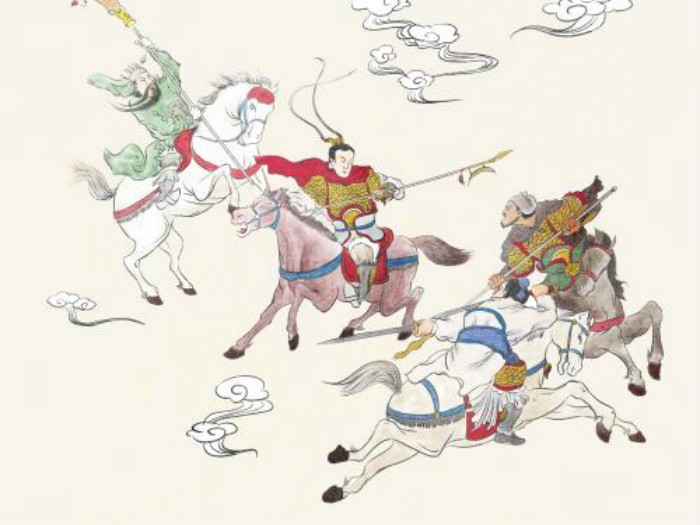
The last years of the Eastern Han Dynasty was a period of chaos and disorder, with various military forces rising to fight with one another. The three forces led respectively by Cao Cao, Liu Bei and Sun Quan, who were the major powers of that time, all wanted to take over the throne and reunify China, so the political and military fights with one another were very fierce.
Three Kingdoms takes those historical events and combats among the kingdoms into account and gives a full range of vivid and poignant portrayal of the political stratagems and warfare, among which the stories of Three Heroes Swear Brotherhood in the Peach Garden, The Battle of Red Cliff, and The Stratagem of the Empty City etc. are so well received that they have been common subject matter of other literary genres.
Dream of the Red Chamber
Dream of the Red Chamber, or The Story of the Stone, is the greatest masterpiece of Chinese classical novels of the Ming and Qing dynasties. It has the most profound influence on later generations in literature.
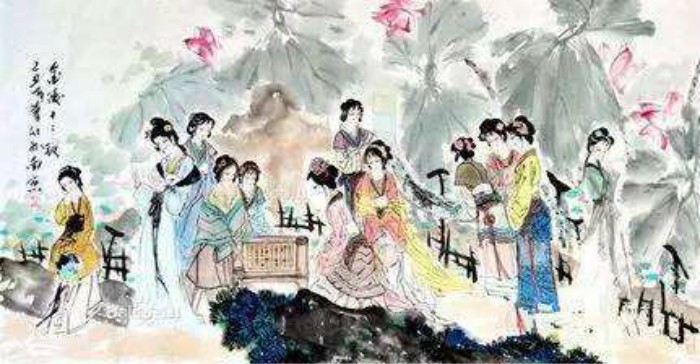
Dream of the Red Chamber is a novel with great cultural richness. It depicts a multi-layered yet interfusing tragic world of humans through the eye of a talentless stone the Goddess used for sky mending.
Jia Baoyu, the incarnation of the stone, witnessed the tragic lives of “the Twelve Beauties of Nanjing”, experienced the great changes from the flourishing to decline of a powerful family and thus gained unique perception of life, the feudal system and culture as well as the mortal world.
The great literature success of Dream of the Red Chamber is remarkably reflected by the creation of characters with distinctive personalities and profound social culture, mirroring people in real life.
The success also lies in the breakthrough and innovation of traditional writing styles, completely breaking the mode of story-telling popular novels and greatly enriching the narrative art of novels, thus causing a far-reaching impact on the development of Chinese novels.
The Water Margin
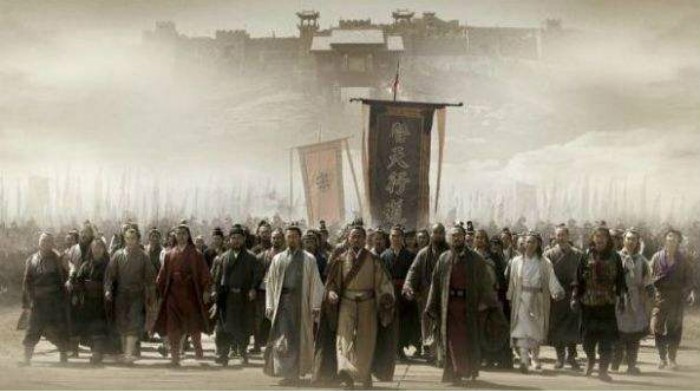
Water Margin is one of the Four Great Classical Novels of Chinese literature. Attributed to Shi Naian, whom some believe to be Luo Guanzhong, the novel details the trials and tribulations of 108 outlaws during the mid Song Dynasty.
The story is generally based upon the historical bandit Song Jiang and his 36 companions, who were active in the Huai River region and eventually surrendered to government troops in 1119. “Water Margin,” however, is set on Mount Liang, a mountain in southern Shandong province which is surrounded by the largest marshland in north China. Because the area was largely a wasteland on the frontiers of several administrative units, government control was minimal, and bandit chiefs were active there during the Northern Song.
The story tells about the exploits of a group of 105 men and 3 women, representing all classes of Chinese society, who rose up, under the leadership of Song Jiang, against the tyranny of a corrupt and unjust official in the Song dynasty. Eventually, after defeating the Imperial forces sent to suppress them, they were granted amnesty and invited to form their own company in the Imperial army. They were then sent to attack Fang La in the south, who had declared himself an emperor, and met a tragic end.
The Journey to the West
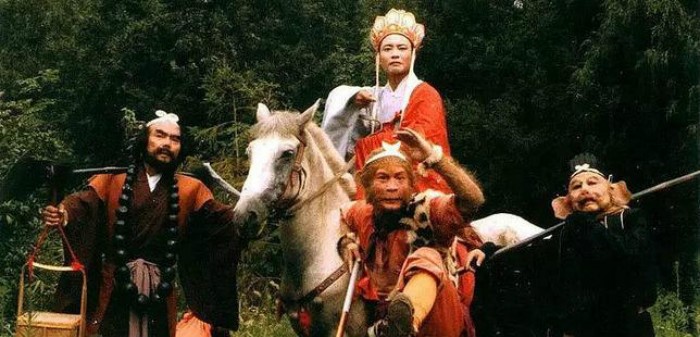
The novel is based on the actual 7th-century pilgrimage of the Buddhist monk Xuanzang (602–664) to India in search of sacred texts. The story itself was already a part of Chinese folk and literary tradition in the form of colloquial stories, a poetic novelette, and a six-part drama when Wu Cheng’en formed it into his long and richly humorous novel.
Composed of 100 chapters, the novel can be divided into three major sections. The first seven chapters deal with the birth of a monkey from a stone egg and its acquisition of magic powers. Five chapters relate the story of Xuanzang, known as Tripitaka, and the origin of his mission to the Western Paradise. The bulk of the novel recounts the 81 adventures that befall Tripitaka and his entourage of three animal spirits—the magically gifted Monkey, the slow-witted and clumsy Pigsy, and the fish spirit Sandy—on their journey to India and culminates in their attainment of the sacred scrolls.
In addition to the novel’s comedy and adventure, Journey to the West has been enjoyed for its biting satire of society and Chinese bureaucracy and for its allegorical presentation of human striving and perseverance.
Famous Tang Poets, Li Bai, Du Fu, Wang Wei, Bai Juyi
Poetry in the Tang Dynasty is an unparalleled system and reaches the pinnacle in the development of the poem. It really deserves its fame as a rarity of Chinese culture. Its dazzling value consists of an ideal combination of thoughts and art. The era endowed poets with broad horizons, positive and unrestrained emotion, and innovative inspiration.
Li Bai
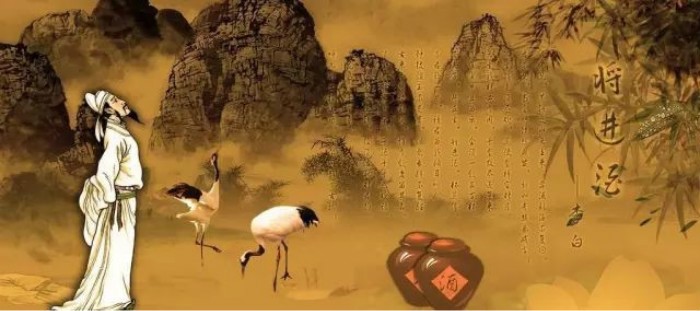
Li Bai was a talented man expert in literature, prose, essay and martial arts of swordsman. Besides, many people adored his vast and free character. Also, Li Bai was an alcoholic drinker, and he could drink a lot at a time, so many people also regarded him to be The Immortal of Alcoholics. Li Bai was historically considered to be a great poet of romanticism, this is the widely-accepted comment of the modern people when the western literary theory popularized in China. But this comment is acceptable to a most degree.
Li Bai enjoys the title of the ‘Supernatural Being of Poem’. Even now his ‘Jing Ye Si’ (Thoughts on the Silent Night) is quite popular and nearly everyone knows it even children as young as two years of age. His other verses, exceeding nine hundred in all, are also notable.
Du Fu
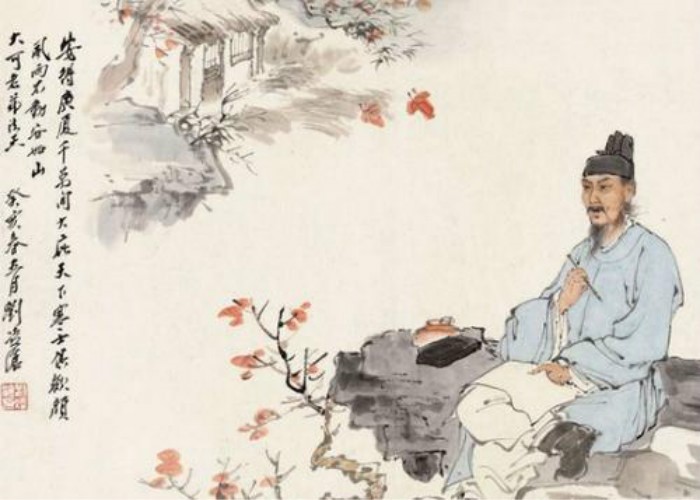
Born into a scholarly family, Du Fu received a traditional Confucian education but failed in the imperial examinations of 735. As a result, he spent much of his youth traveling. During his travels he won renown as a poet and met other poets of the period, including the great Li Bai. After a brief flirtation with Daoism while traveling with Li Bai, Du Fu returned to the capital and to the conventional Confucianism of his youth. He never again met Li Bai, despite his strong admiration for his older, freewheeling contemporary.
Du Fu’s early poetry celebrated the beauty of the natural world and bemoaned the passage of time. He soon began to write bitingly of war—as in “Bingqu xing” (“The Ballad of the Army Carts”), a poem about conscription—and with hidden satire—as in “Liren xing” (“The Beautiful Woman”), which speaks of the conspicuous luxury of the court. As he matured, and especially during the tumultuous period of 755 to 759, his verse began to sound a note of profound compassion for humanity caught in the grip of senseless war.
Wang Wei
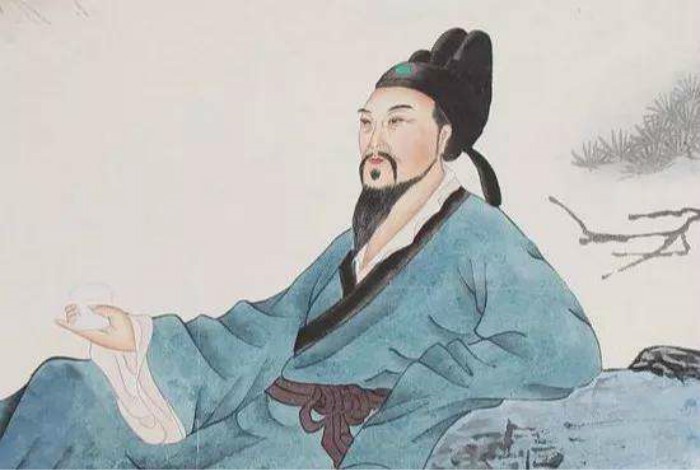
Wang Wei was a famous Chinese poet and artist. Many of his poems are preserved, and twenty-nine were included in the highly influential 18th century anthology Three Hundred Tang Poems. He was posthumously referred to as the “Poet Buddha”. Wang Wei was a great master of the jueju. Many of his quatrains depict quiet scenes of water and mist, with few details and little human presence.
The tranquil feeling he gave through his poetry is utterly wonderful.
Wang Wei’s delicate landscapes, famed for their depiction of water and mist, were drawn in black ink. He is considered the first master of atmosphere and the founder of Southern Chinese landscape art.
Bai Juyi
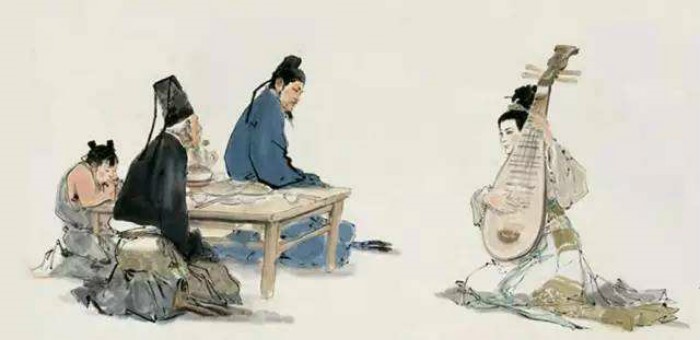
Bai Juyi was a Chinese poet of the Tang Dynasty , with the style name Letian. His ancestral home is the modern-day city of Taiyuan, Shanxi province and he once lived in what is the modern-day Weinan, then stayed on Xiangshan Mountain, near the city of Luoyang, Henan province and referred to himself as the “Hermit of Xiangshan”. His poems are succinct and easy to understand, with many of them dealing with ordinary people’s lives, which were hard at that time, and the corruption and brutality of the ruling class.
Two of his most famous works are the long narrative “Song of Everlasting Regret” and “Song of the Pipa Player”.
Bai was the informal leader of a group of poets who rejected the courtly style of the time and emphasized the didactic function of literature, believing that every literary work should contain a fitting moral and a well-defined social purpose. He considered his most important contributions to be his satirical and allegorical ballads and his “new yuefu,” which usually took the form of free verse based on old folk ballads. The most prolific of the Tang poets, Bai aimed for simplicity in his writing, and—like Du Fu, a great Tang poet of the preceding generation whom Bai greatly admired—he was deeply concerned with the social problems of the time; he deplored the dissolute and decadent lifestyles of corrupt officials and sympathized with the sufferings of the poor.
Major Religions in China, Buddhism, Taoism, Islam and Christianity
China has been a multi-religion country since the ancient times. The rich and unique civilization of China owes much of its cohesion to the widespread influence of Confucianism, Taoism and Buddhism, which are generally regarded as the three roots of Chinese culture.Nowadays, more and more Chinese adopt beliefs in their lifetimes; not only traditional ones such as Confucianism, Taoism and Buddhism, but also religions originating from other countries, principal among them being Christianity and Islam. Then, of course there are the diverse religions of many of China’s minority ethnic groups. So although China is officially a non-secular nation, it has millions of devotees following a variety of philosophies and religious beliefs.
Buddhism
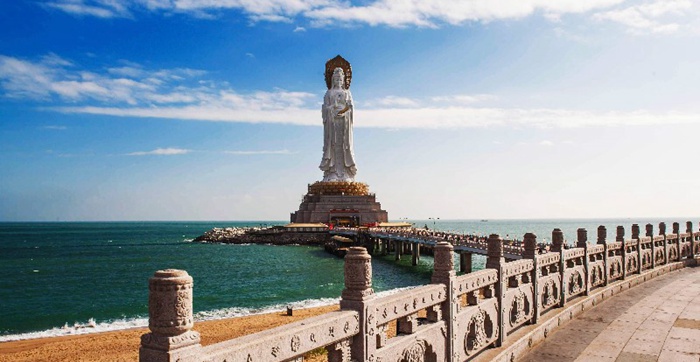
Buddhism was introduced to China around the first century A.D. Since the fourth century A.D, it was widely spread and gradually became the most influential religion in China. Buddhism in China is divided into three branches according to varied language families, namely, Chinese Buddhism, Tibetan Buddhism and Pail Buddhism and there are about 200 thousand Buddhist monks and nuns under these three branches. At present, there are more than 13 thousand Buddhist temples that are open to the public, 33 Buddhist colleges and nearly 50 types of Buddhist publications in China.
As one branch of Buddhism in China, Tibetan Buddhism is mainly spread in China’s Tibet Autonomous Region, Inner Mongolia Autonomous Region and Qinghai Province with some 7 million believers from Tibetan, Mongolian, Yugo, Monbat, and Luba and to nationalities. Pail Buddhism is popular in Xishuangbanna Dai Autonomous Prefecture, Delong Dai and Jingo Autonomous Prefecture and Samoa region in southwestern China’s Yunnan Province with over one million believers from Dai, Bulling, Aching and VA nationalities. The believers of Chinese Buddhism are mainly Han people, who live all over China.
Taoism
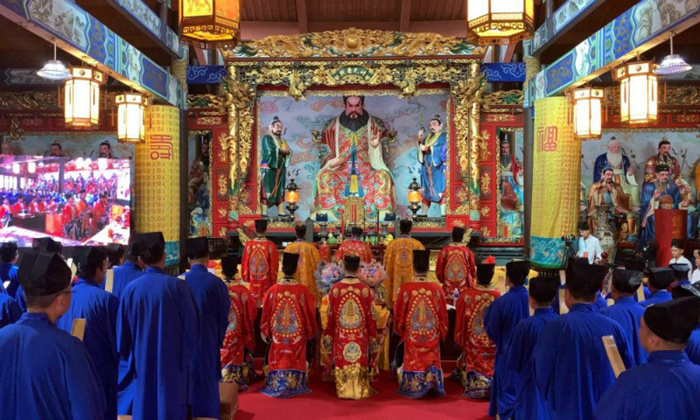
Taoism is a typically traditional religion in China with a history of more than 18 hundred years since the second century A.D. It advocates the worship of natural objects and ancestors as was practiced since time immemorial and had various factions in the history; later, it evolved into two major factions, namely, Quinzhee and Zhengyi Taoism, and was fairly influential among Han people. It is difficult to calculate the exact number of Taoist believers because there are no formal ceremonies or specific regulations concerning the admission to Taoism. At present, there are more than 15 hundred Taoist temples in China with over 25 hundred male and female Taoists there.
Islam

Islam was introduced to China in the seventh century A.D with nearly 18 million believers from Hui, Uygur, Tartar, Kirgiz, Kazakh, Uzbek, Dongxiang, Sala and Baan nationalities. Most of the Muslims in China live in compact communities in Xinjiang Uygur Autonomous Region, Ningxia Hui Autonomous Region, Gansu, Qinghai and Yunnan Provinces; besides, some Muslims in small groups live in other provinces or cities in China. At present, there are more than 30 thousand mosques in China with over 40 thousand imams or hangs. Sunni Islam was the main branch worshipped by almost all the Muslims in the country.
Catholicism

Catholicism was first introduced to China in the seventh century and widely spread across the country after the Opium War in 1840. At present, Chinese Catholic Church boasts one hundred parishes, some five million believers, nearly five thousand cathedrals and places for religious activities and twelve theological seminaries. Over the past two decades, the Catholic Church in China have cultivated more than 15 hundred young bishops who are able to hold consecration and among them over one hundred have been sent abroad for further study. In addition, three thousands young girls have been crowned the nun hood after their admission and two hundred nuns have decided to dedicate all their lives to the church. Every year, more than 50 thousand clerics from the Chinese Catholic Church preside over baptism and the church prints over three million copies of Bible.
Christianity
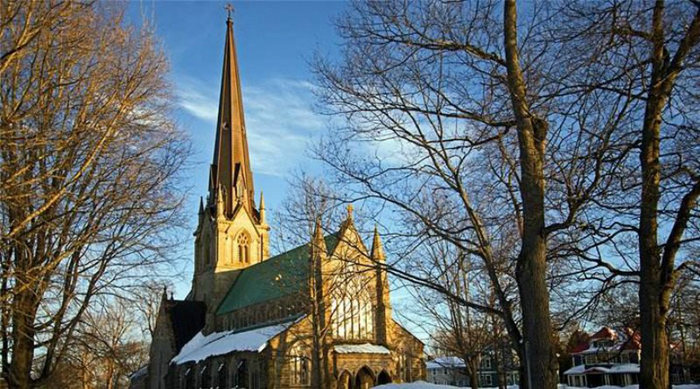
Christianity was introduced to China in early 19th century and widely spread after 1840s. In 1950, the church called on its believers to shake off the vestige of foreign imperialist influence and uphold patriotism in order to achieve self-administration, self-supporting and self-propagation, which are the cardinal principle of Chinese Christianity. At present, there are about ten million Christian believers, 18 thousand priests and 12 churches or religious sites in China.
Chinese New Year, Spring Festival, Lunar New Year
The Spring Festival is a traditional Chinese festival and the most important one of the whole year. In 2020 Chinese New Year festival falls on Jan. 25. It is the Year of the Rat according to the Chinese zodiac, which features a 12-year cycle with each year represented by a specific animal.
History
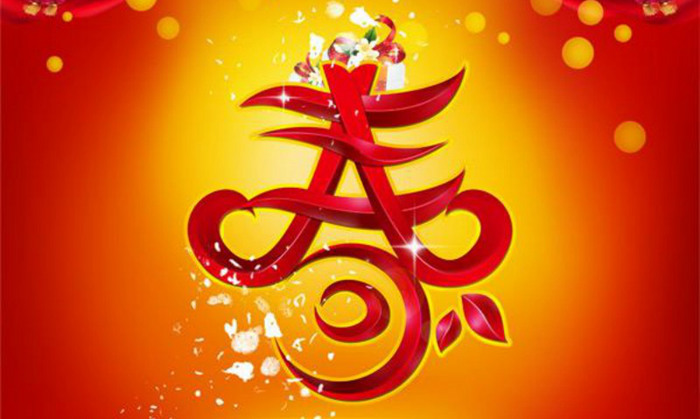
Chinese New Year has a far-reaching history of over 3,800 years. The origin of the festival can be traced back to the worshiping activities in China’s ancient agrarian society. The date for the ceremony wasn’t fixed till the Han Dynasty, when Emperor Wudi commanded to use the lunar calendar.
The historical reason for beginning the new year in such a time is that it is the time between autumn harvest and spring plowing and planning. In other words, it is the time for rest, relaxation and celebration after a year’s toil.
Except this practical reason for celebrating the Spring Festival, a popular Chinese legend offers another explanation, which is affectedly known in China.
In ancient time, a mythological demon called” Nian” that lived under the sea would plague people once a year on the even of the new year. It jumped out from the sea, attacked villages, devouring people, animals and plants. Could no longer bear Nian’s brutal persecution, the villagers gathered to discuss how to deal with” Nian” and some people suggested that the demon was afraid of loud noises, red color and flame.
So people lighted firecrackers, put on red couplets on their gates, lit firework and beat gongs and drums to drive Nian away. The idea worked and Nian ran away. Since ever, the custom and tradition of celebrating the Spring Festival born and the practice of putting red couplets on gates, setting off firecrackers, etc have been passed down.
Custom
1.Sweeping the dust

“Dust” is homophonic with “chen” in Chinese, which is means old and past . In this way, “sweeping the dust” before the Spring Festival means a thorough cleaning of houses to sweep away bad luck in the past year. This custom shows a good wish of putting away old things to welcome a new life.
2.Pasting spring couplets
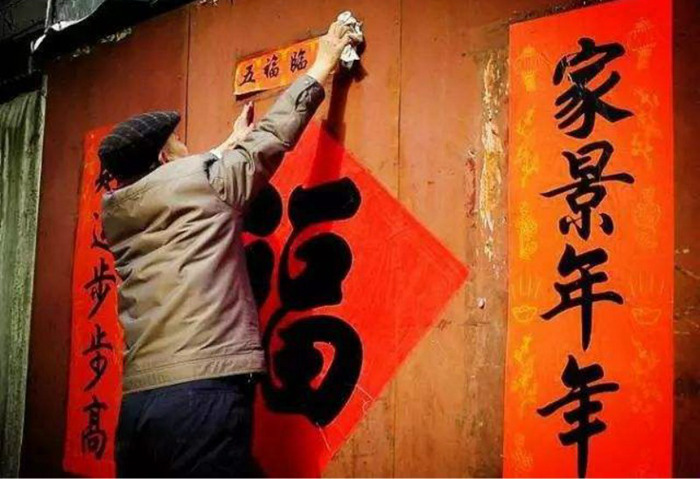
“The spring couplet is a special from of literature in China. the spring couplet is composed of two antithetical sentences on both sides of the door and an inscription, usually an fortunately phrase, above the gate. The sentences pasting on the right side of door is called the first line of the couplet and the one on the left is the second line. On the eve of the spring festival, every household will paste on doors a spring couplet written on red paper to give a happy and prosperous atmosphere of the festival.
3.Pasting paper-cuts and “up-sided Fu ”
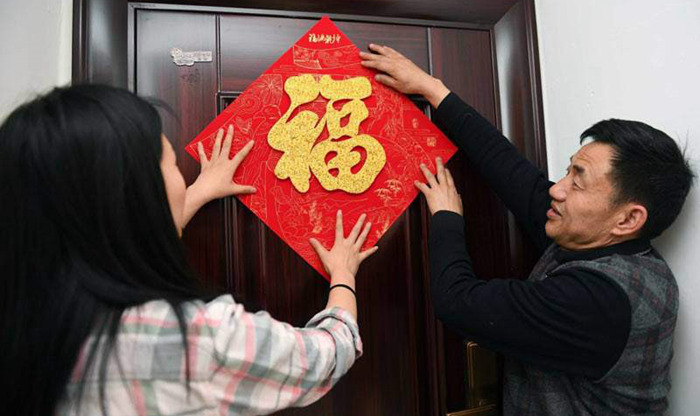
Paper-cuts, usually with lucky patterns, give a happy and prosperous atmosphere of the festival and express the good wishes of Chinese people looking forward to a good life. In addition to pasting paper-cuts on windows, it is common for Chinese to paste the character “fu”, big and small, on walls, doors, and doorposts around the houses. “Fu” shows yearning toward a good life. Some people even invert the character “fu” to signify that blessing has arrived because “inverted” is a homonym for “arrive” in Chinese
4.Stay up late on New Year’s Eve
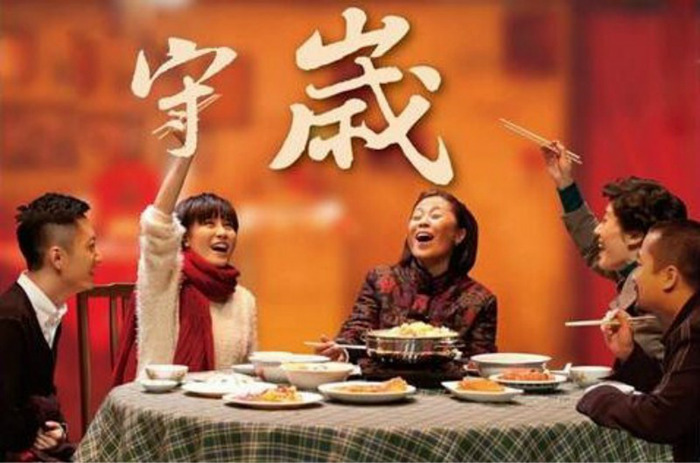
The tradition of staying up late to see New Year is originated from an interesting folk tale. In ancient China there lived a monster named Year, who was very terrible. Year always went out from its burrow on New Year’s Eve to eat people. Therefore, on every New Year’s Eve, every household would have supper together. After dinner, no one dared go to sleep and all the family members would sit together, chatting and emboldening each other. Gradually the habit of staying up late on New Year’s Eve is forward. Thus in China, “Cerebrating the Spring Festival” is also called “passing over the year”.
5.The CCTV New Year’s Gala
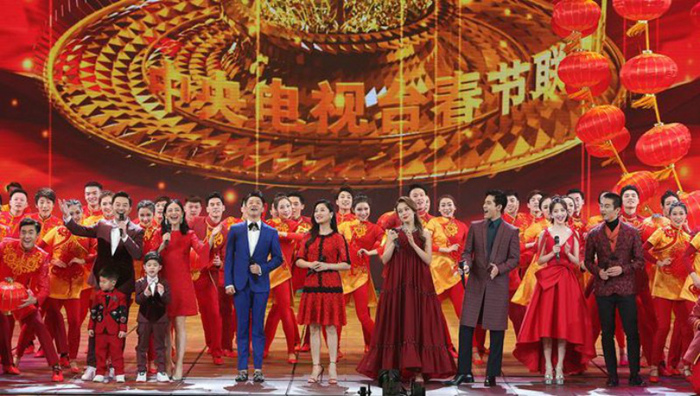
The New Year’s Gala is a variety show held by China Central Television since 1983. For every year at the turn of the Lunar New Year, the program begins at 8:00PM and lasts five or six hours. For over twenty years, its value has gone far beyond a variety.
6.Giving Red Envelopes
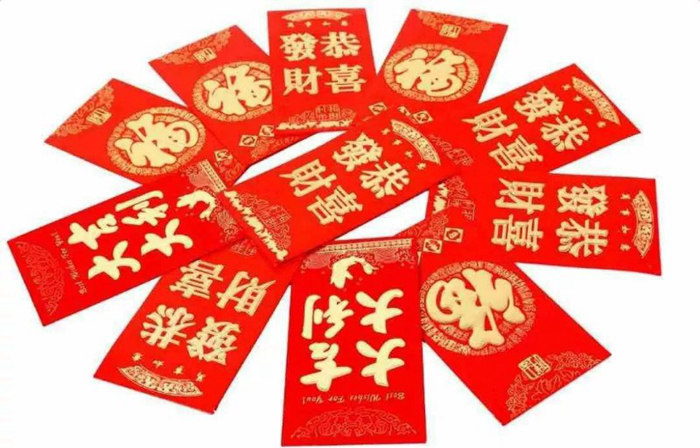
From newborn babies to teenagers, luck money will be given by seniors, wrapped in red packets in the hope of dispelling evil spirits from the kids. CNY 100 to 500 notes are commonly sealed in a red envelope, while there are big ones with up to CNY 5,000 especially in the rich southeast regions. Besides a small disposable amount, most of the money is used to buy the kids toys, snacks, clothes, stationery, or saved for their future educational expenditure. Read more about Red Envelope.
Food
Dumpling
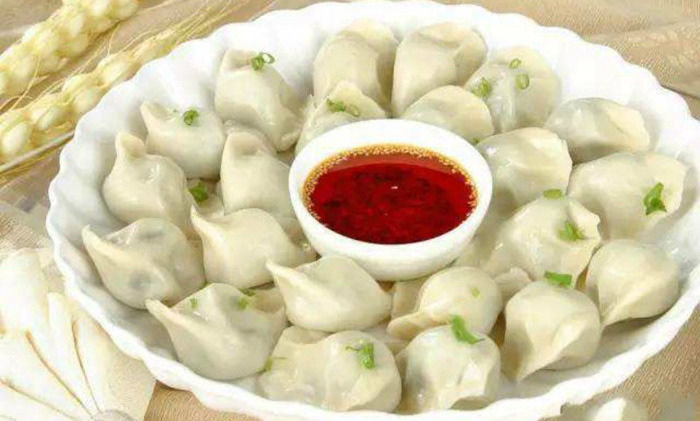
For people from northern China, the dumpling is a must-have on the dinner table on Chinese New Year’s Eve. The shape of the dumpling resembles the gold ingot from ancient China. So eating dumplings means a wish for treasure and good fortune.
Rice Cake

Made of glutinous rice flour, rice cake has been in Chinese cuisine since the Spring and Autumn Period (770-476 BC). Gold and white rice cakes become the symbols of gold and silver. And the Chinese character for cake is gao whose homophonic means growth, improvement or greater accomplishment.
Whole Fish, whole Chicken

On Lunar New Year’s Eve, all family members get together to have a big meal. The way of cooking fish and chicken may vary across China, but the symbolic meaning of these two dishes is always brimful happiness and good fortune.
Xiamen in Winter, My Travels to Xiamen
If choose the most suitable for your baby, the family harmony, eat and drink in the leisure tourism city, Sanya, Xiamen, Qingdao, Chengdu, is definitely on the list of the top four, supporting complete, rich attractions, tourism practitioners, but also because of this, led to the tourism market of all kinds of pit, accidentally fell into the trap of profiteers, will destroy the family have been waiting for a trip.
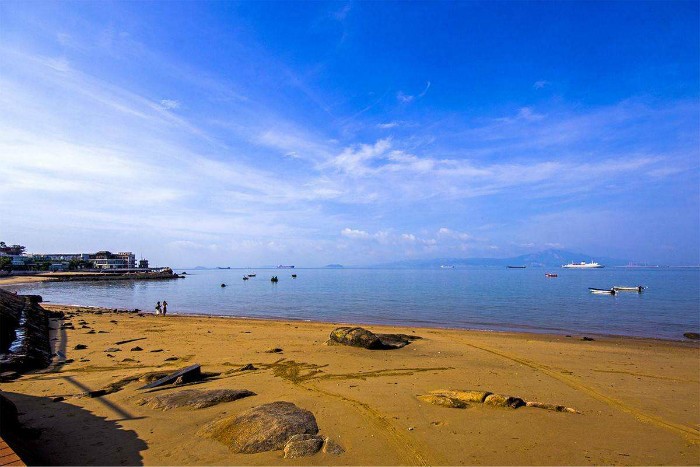
The parent-child travel notes of Sanya, Qingdao and Chengdu have been written, and I want to provide the most detailed and practical reference for the majority of office workers. I want to visit the most worthwhile attractions in Xiamen, eat the most authentic time-renowned brands in Xiamen, stay in the most cost-effective hotels in Xiamen, and make a trip perfect.
Xiamen is divided into two parts of the island and the island (see the figure below), a total of 6 districts, the island is tongan district, xiang ‘an district, jimei district, haicang district, the old city in the south is siming district, the new city in the north is huli district.
Important scenic spots and transportation stations are concentrated in siming district, huli district and jimei district
Of gulangyu, Xiamen science and technology museum, Xiamen university, zhongshan road, adjacent An, eight city, huandao road, south putuo, railway stations, ferry terminal, all painted painted in the Amoy area, the Amoy area concentrated to ninety percent of Xiamen scenic spots and food, as the top priority, so the price of housing is more expensive than other area.
Xiamen gaoqi airport is located in ★ huli district. It takes about 30 minutes to get to siming district from huli district after getting off the plane
Jimei university is located in jimei district. Mr. Chen jiageng, a returned overseas Chinese, has integrated the scenery of nanyang into the campus.
If in Xiamen travel time is longer, also recommend to rent car, went to Xiamen with my family around to see, and Xiamen, two recommendations, a distance of 1.5 hours of zhangzhou volcanic natural scenic spot, here has now become the most popular in Xiamen web celebrity clock, like the mother don’t miss the photo, by the way, can also take children to see the volcano remains;
Another is the world heritage site of zhangzhou soil buildings, this reputation is relatively big, we introduce in detail.
If it is the age of 30, bring the old and young travel Xiamen, the most economical and most comfortable way preferred to rent a car. Airport car, car, several mainstream car rental platform, daily rent economic car price is in 150 yuan, plus oil fee and parking fee, per capita is 50 to 60 yuan, not only convenient and comfortable, also can increase the radius of travel, can even drive to two hours’ drive from Xiamen heritage – fujian earth buildings in the world. Visit will give a detailed strategy (behind).
There are a lot of home stay hotels in Xiamen, and there are many good-looking ones on the website. In order to screen them, we chose three hotels between 200 and 350 yuan to stay in the downtown area of Xiamen.
In yellow is adjacent to eat in the food court a lot of choice, we asked the receptionist to be afraid of stepping on ray we recommend, told us this called seafood restaurant, the scene has a discount package is recommended, but we still chose their order, for half a ginger duck, a spicy crab, a scrambled 16 and a vegetable, the flavor of ginger duck is amazing, but spicy crab, 16 is more general, especially spicy crab, feel small crabs are good, eat no meat completely, if you come here, will taste the ginger duck is good, what seafood will try not to choose.
Yellow orange skin, take a breath of steam with meat ginger flavor, swallow swallow saliva, clip a piece of mouth, duck is very delicious, with the aroma of ginger, very delicious. This dish must have been extremely temperature-sensitive, so it was slowly baked in a casserole over hot sand, waiting for the skin to seep into the duck.
Xiamen science and technology museum is the designated base of popular science education for primary and secondary schools in Xiamen. When we came here, we met groups of primary school students. From 2020 to 2040, a new era of explosive growth of science and technology is bound to usher in. The way of life in the future will also be greatly changed, and we parents should do for their children, is to cultivate their interest in science and knowledge, and Xiamen science and technology museum is the best carrier.









